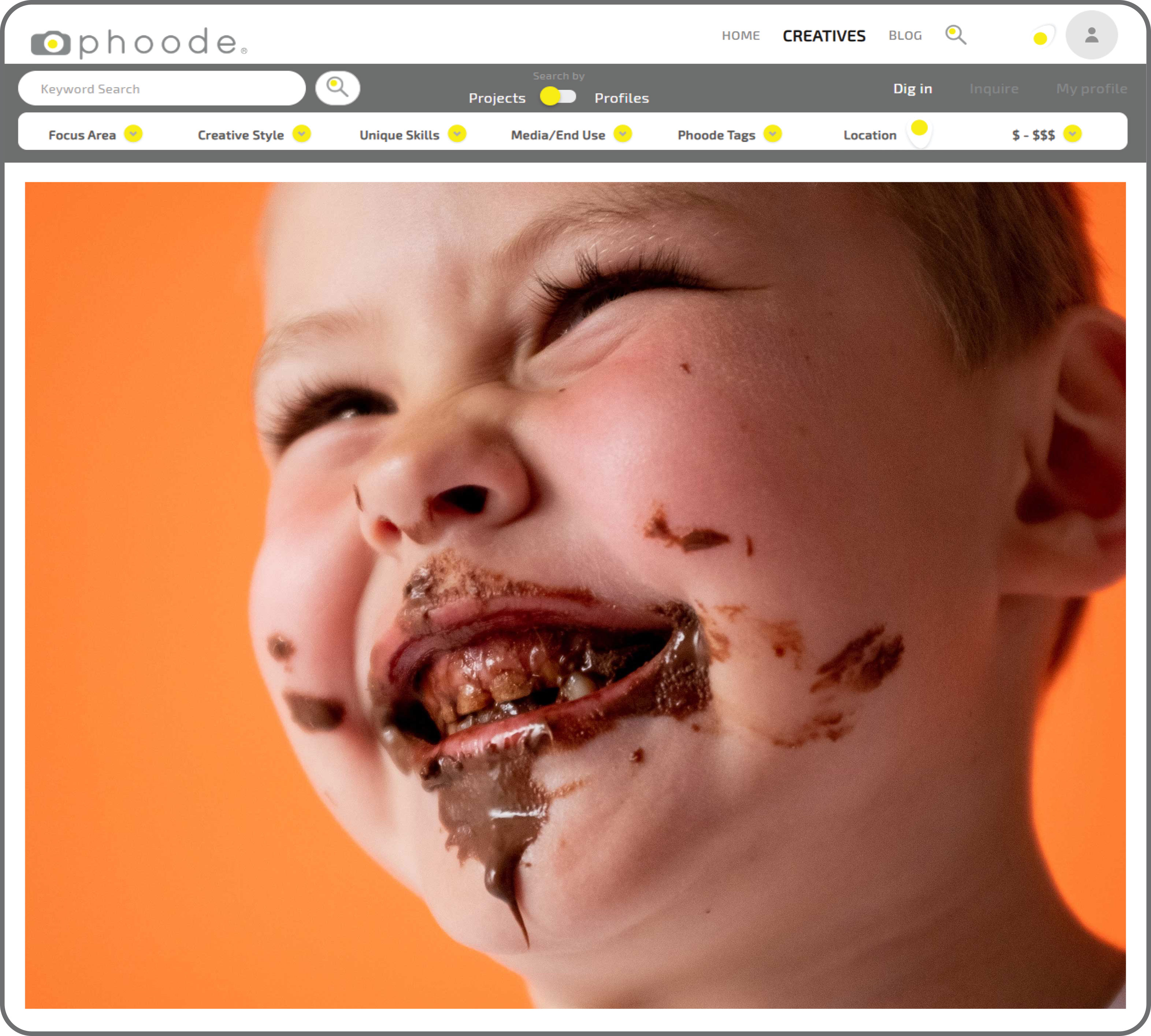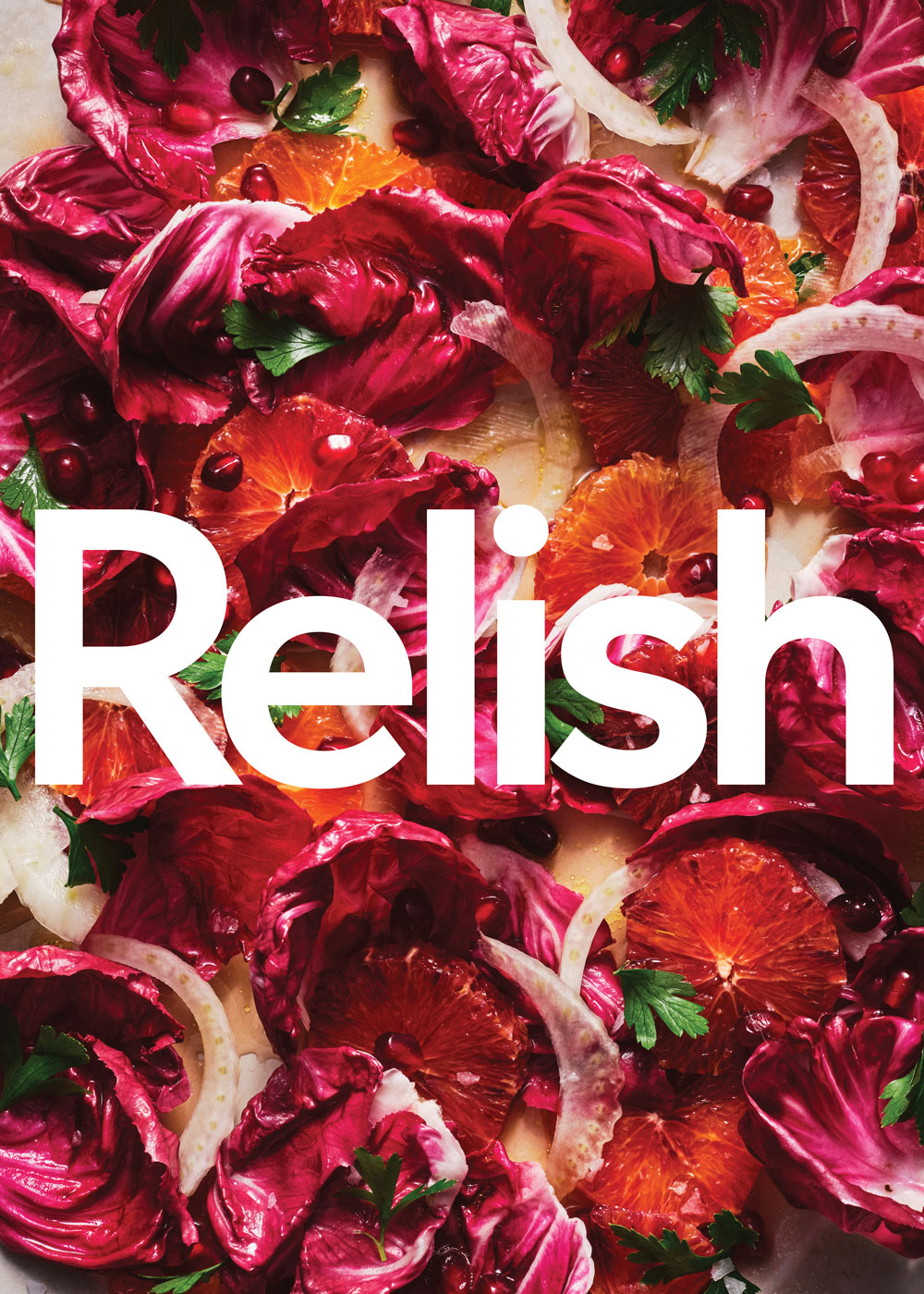The Role of Psychology in Social Media Content for Food & Beverage Products
Psychology plays a crucial role in designing content for successful social media and advertising campaigns. By understanding the psychological factors that influence consumer behavior and decision-making, marketers can create content that effectively engages, persuades, and drives desired actions and ultimately leads to increased interest, brand recognition, and sales.
Allow me to unveil the fascinating ways in which psychology can shape the design of content for food and beverage products and services. By delving into the depths of this intriguing subject, I uncover key insights that fuel successful campaigns.
Visual Appeal
Humans are visually-oriented creatures, and visual cues significantly impact our perception of food. Psychology informs the use of appetizing and visually appealing images or videos that highlight the colors, textures, and presentation of food products. Leveraging principles of sensory cues, such as vibrant colors, close-up shots, and visually appealing compositions, can evoke cravings and capture attention.
Visual appeal plays a critical role in how we perceive and engage with food. As visual creatures, humans are highly influenced by the visual cues presented to us. Psychology provides insights into the use of appetizing and visually appealing images and videos to enhance the appeal and desirability of food products.
One aspect of visual appeal is the concept of “appetite appeal.” Appetite appeal refers to the ability of visuals to stimulate the senses and create a craving or desire for the food being showcased. When designing food content, marketers can leverage the principles of sensory cues to create a visually appealing presentation that captures attention and evokes a strong desire for the product.
Color is a significant factor in visual appeal. Vibrant and flavorful colors can stimulate our appetite and enhance the perceived taste and freshness of food. For example, bright red strawberries, vibrant green vegetables, or golden-brown roasted meats can be visually enticing. By using colors that are naturally associated with freshness, ripeness, and tastiness, marketers can enhance the visual appeal of their food products.

Close-up shots and detailed visuals can also be effective in capturing attention and creating a sense of anticipation. By showcasing the textures, juiciness, or layers of a food product through close-ups or macro shots, marketers can highlight the sensory experience and make the food feel more tangible and enticing. This can evoke cravings and engage the viewer on a deeper level.
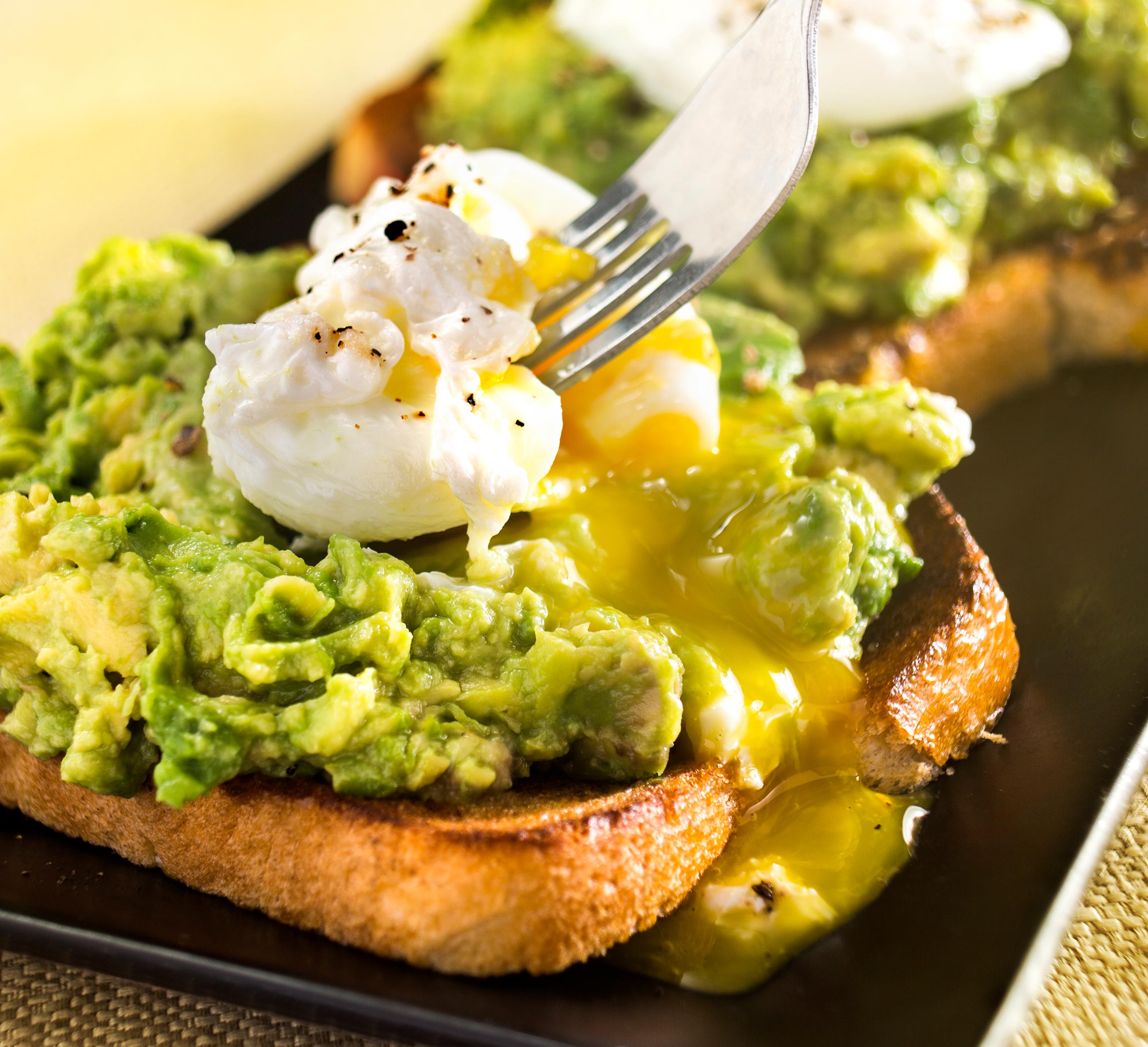
Composition and presentation are crucial elements in visual appeal. The arrangement and layout of food items can influence perceptions of quality and appeal. Careful attention to the placement, balance, and aesthetics of the food can create an attractive visual composition. For example, a beautifully plated dish with garnishes, drizzles, or decorative elements can enhance the overall visual appeal. By presenting food in an aesthetically pleasing manner, marketers can create a positive impression and make the product more visually enticing.
In addition to static images, videos can also play a significant role in capturing attention and enhancing visual appeal. Videos allow for dynamic presentations that showcase the preparation process, the sizzling of ingredients, or the mouthwatering moments of food being enjoyed. The movement, sounds, and visuals in that enhance the overall appeal and desire for the food product.
While visual appeal is crucial, the actual taste, quality, and experience of the food should align with the visuals presented. Misleading or exaggerated visuals that do not match the actual product can lead to disappointment and a loss of trust. Maintaining authenticity and delivering on the promises made through visuals is essential to building long-term relationships with consumers.
Emotions and Sensory Experience
Food is closely tied to emotions and sensory experiences. Psychology helps marketers understand how to evoke specific emotions and sensory responses through content design. For example, using nostalgic cues, portraying moments of indulgence, or triggering the anticipation of taste and aroma can create an emotional connection with the audience.
Food has a powerful ability to evoke emotions and create sensory experiences. Our senses, including taste, smell, sight, touch, and even sound, play a crucial role in how we perceive and enjoy food. Psychology helps marketers understand how to tap into these sensory experiences and evoke specific emotions through content design, allowing them to create a deep emotional connection with their audience.
One way to evoke emotions through food content is by using nostalgic cues. Nostalgia refers to a sentimental longing or affection for the past. Incorporating elements of nostalgia, such as traditional recipes, familiar flavors, or references to childhood memories, can evoke positive emotions and create a sense of comfort and familiarity. Nostalgic cues can transport individuals back to cherished moments and create an emotional connection with the food product.
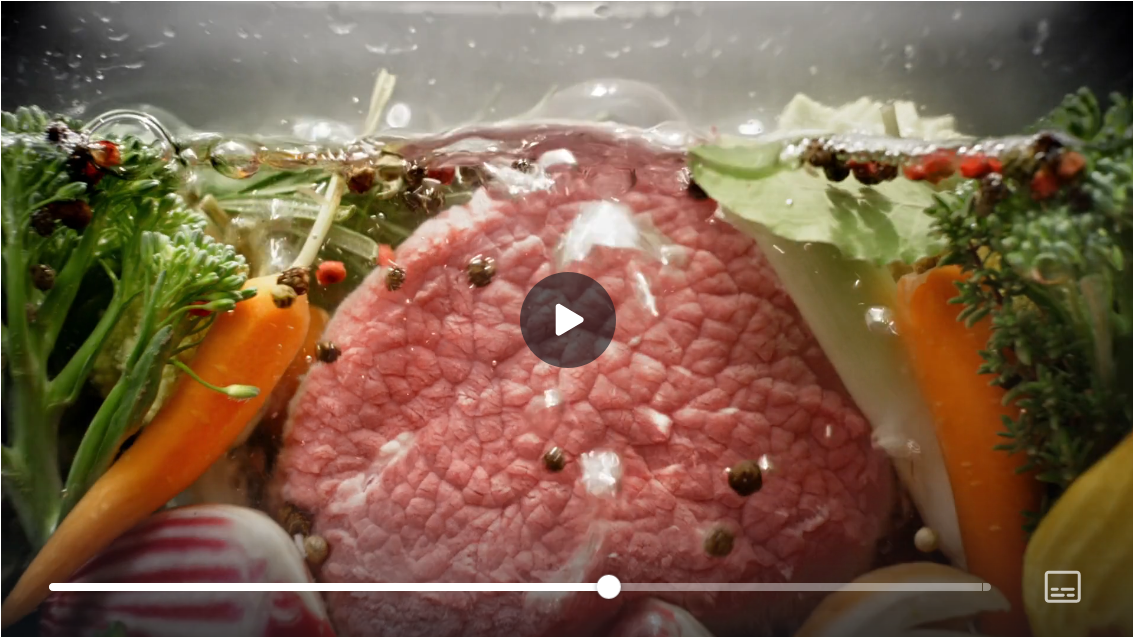
Portraying moments of indulgence is another effective strategy to evoke emotions. Food is often associated with pleasure and enjoyment. By showcasing the indulgent aspects of a food product, such as a rich chocolate dessert or a decadent burger, marketers can tap into the desire for gratification and sensory pleasure. This can elicit positive emotions such as excitement, satisfaction, and anticipation, creating a strong emotional connection with the audience.
Triggering the anticipation of taste and aroma is another powerful way to evoke emotions through food content. The anticipation of a delicious meal or the aroma of freshly baked bread can evoke a strong emotional response. Marketers can leverage this by using descriptive language, vivid imagery, or even audiovisual elements to create a multi-sensory experience that transports the audience to the moment of tasting or smelling the food. This can generate feelings of desire, pleasure, and anticipation, building an emotional connection with the product.
Furthermore, colors, visuals, and packaging design can also influence emotional responses to food products. Research has shown that different colors can elicit specific emotions. For example, warm colors like red and orange can evoke feelings of excitement and energy, while cool colors like blue and green can create a sense of calmness and relaxation. Marketers can use this knowledge to design content that aligns with the desired emotional response for their food product.
It’s important to note that emotions can vary across individuals and cultural contexts. Therefore, understanding the target audience and their preferences is essential in designing content that effectively evokes the desired emotional responses. Research, consumer insights, and testing can help refine and optimize the emotional impact of content.
Storytelling and Personal Narratives
The power of storytelling can be harnessed to create a deeper connection between consumers and food products. Sharing stories about the origin, craftsmanship, or personal experiences associated with the food product can evoke emotions, build authenticity, and create a sense of trust and engagement.

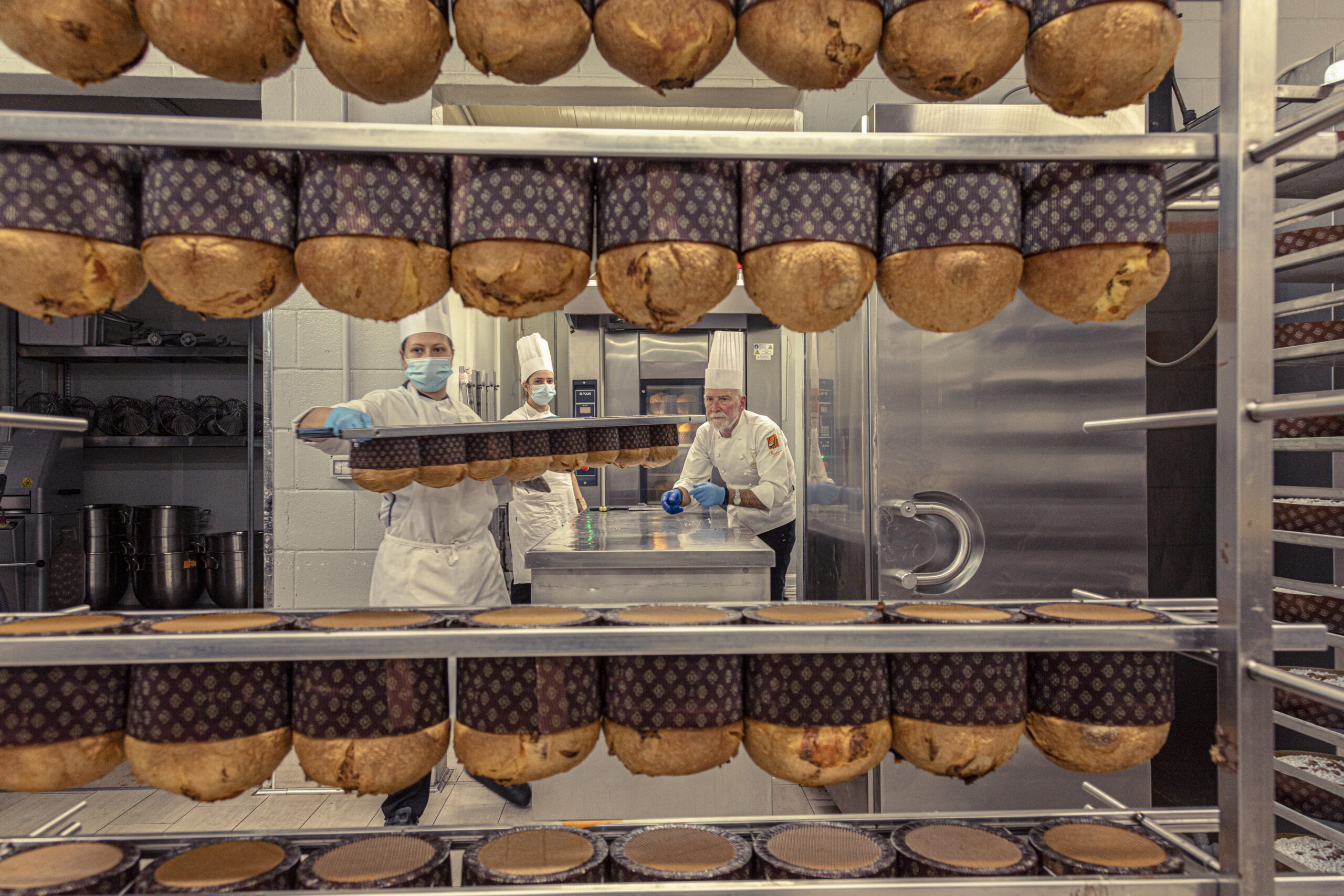
Incorporating this extraordinary aspect of your product into your brand story can add a delightful touch to your narrative. By showcasing the meticulous cooling process, you not only educate your audience but also evoke a sense of intrigue and appreciation for the craftsmanship behind your creation. It becomes an opportunity to share the distinctive qualities that set your product apart, making it an unforgettable part of your brand’s journey.
Storytelling is a powerful tool that has been used for centuries to engage, captivate, and connect with audiences. When it comes to food products, storytelling can be harnessed to create a deeper and more meaningful connection between consumers and the products they consume. By sharing stories about the origin, craftsmanship, or personal experiences associated with a food product, companies can evoke emotions, build authenticity, and foster a sense of trust and engagement. One way storytelling can be employed is by highlighting the origin and heritage of a food product. By sharing the story of how a particular food item is sourced, grown, or produced, companies can tap into consumers’ desire for authenticity and connection to nature or cultural traditions. For example, a brand may share the story of a family-owned farm that has been using sustainable farming practices for generations. This narrative creates a sense of trust, as consumers perceive the product as being rooted in a genuine and ethical foundation.Craftsmanship stories can also be compelling. When a food product is created with care, attention to detail, and a passion for quality, sharing the narrative of the craftsmanship involved can evoke a sense of appreciation and value. Stories about hand-picked ingredients, traditional production methods, or meticulous attention to flavor profiles can create a perception of expertise and elevate the perceived quality of the product. This narrative can resonate with consumers who seek food experiences that are unique, artisanal, or made with exceptional skill.
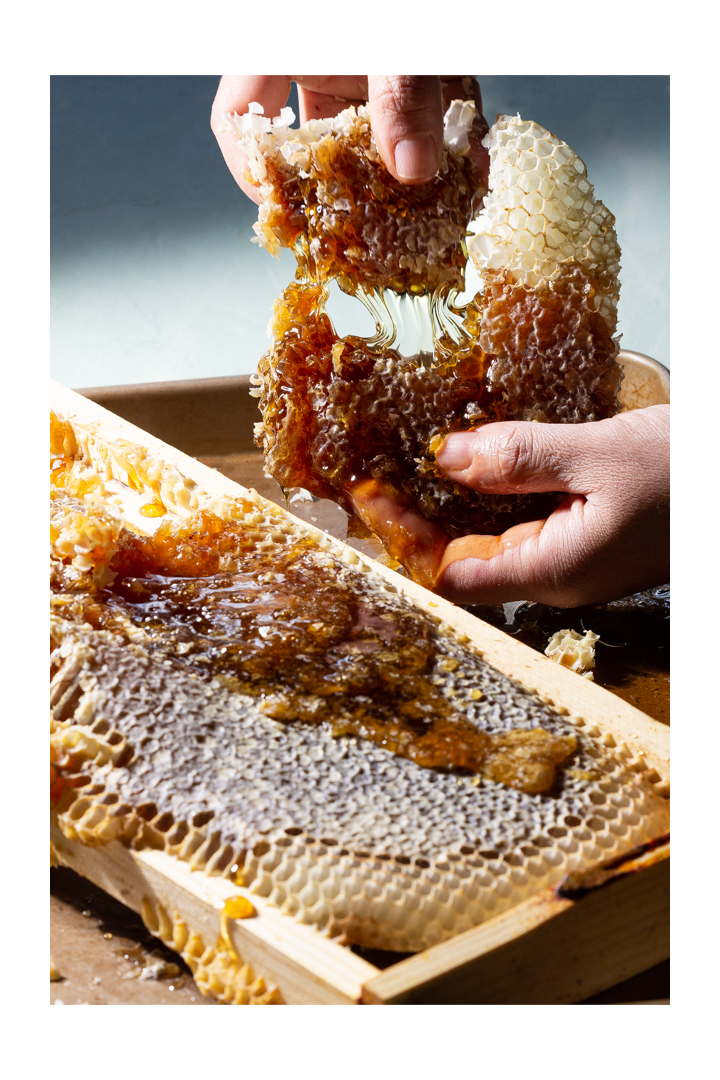
Personal narratives can also be powerful in building a connection with consumers. Sharing stories about the people behind the food product, such as the founders, chefs, or farmers, can humanize the brand and create a sense of familiarity and relatability. Personal stories can evoke emotions, inspire empathy, and make consumers feel like they are a part of the journey. This connection can strengthen brand loyalty and create a lasting impression.
Furthermore, storytelling can be used to convey values, missions, or social impact. By sharing narratives about the brand’s commitment to sustainability, community engagement, or philanthropy, companies can align themselves with consumers’ values and aspirations. This narrative can create a sense of purpose and demonstrate that the food product represents more than just a transactional exchange.
Social Influence and Social Proof
Social influence plays a significant role in our food choices. Social media campaigns can leverage social proof by featuring user-generated content, testimonials, or influencer endorsements. Demonstrating that others enjoy the food product can enhance its desirability and influence consumer decisions.
Social influence and social proof are powerful psychological concepts that heavily impact our decision-making processes, including our food choices. Social influence refers to the effect that others have on our thoughts, feelings, and behaviors. Social proof, on the other hand, is a specific form of social influence that occurs when people look to the actions and opinions of others as a guide for their own behavior.
In the context of food choices, social influence, and social proof can significantly impact consumer decisions. One effective way to leverage social proof is through social media campaigns. By featuring user-generated content, testimonials, or influencer endorsements, companies can tap into the power of social influence to enhance the desirability of their food products.
User-generated content, such as photos, reviews, or videos created by consumers, can serve as a form of social proof. When individuals see others enjoying a particular food product, they are more likely to perceive it as desirable and worthy of their attention. User-generated content creates a sense of authenticity and relatability, as it showcases real experiences and opinions. This can influence consumer decisions, as people tend to trust and be influenced by the actions and experiences of their peers.
Testimonials from satisfied customers or experts can also serve as powerful social proof. Positive reviews or endorsements from individuals who have tried and enjoyed a food product can create a sense of trust and credibility. When people see that others have had a positive experience with a specific food item, they are more inclined to believe that they, too, will have a similar positive experience. This can increase the likelihood of consumers choosing that particular food product over others.
Influencer endorsements are another form of social proof that can heavily influence consumer decisions. Influencers are individuals who have established credibility and a dedicated following in specific niches or industries, including the food industry. When influencers endorse or promote a food product, their followers often view it as a validation of its quality and desirability. Influencers are seen as experts or authorities in their respective fields, and their recommendations can hold significant sway over their audience’s choices.

The captivating images captured during this collaboration found their primary place on the Flavor Forecast Instagram page, as well as on Kristen’s personal account. Sandy’s familiarity with the featured locations, having previously done the opening photography for the popular ice cream spot Pretty Cool, allowed her to focus on capturing Kristen’s essence while also learning about the unique journey of this Korean-born, Midwestern-raised culinary artist throughout her Top Chef experience.
This collaboration serves as a classic example of a brand partnering with an influencer to create compelling content. McCormick’s partnership with Kristen Kish, combined with Sandy Noto’s exceptional photography skills, resulted in a dynamic and visually engaging project that resonated with audiences. The collaboration not only showcased McCormick Spices but also celebrated Kristen’s culinary expertise and personal journey.
Through this collaboration, the power of visual storytelling and the influence of an influential figure like Kristen Kish came together, creating a symbiotic relationship between the brand and the influencer. The project effectively showcased the shared values, creativity, and passion for culinary exploration, leaving a lasting impression on viewers and followers alike.
By strategically incorporating social proof into social media campaigns, companies can leverage the power of social influence to increase the desirability and appeal of their food products. Highlighting that others enjoy the product through user-generated content, testimonials, or influencer endorsements creates a perception of popularity, authenticity, and trustworthiness. This can significantly influence consumer decisions and drive engagement and sales.
However, it is essential to ensure that social proof is used ethically and responsibly. Companies should ensure that the endorsements or testimonials are genuine and transparent, and not misleading or deceptive. Authenticity and integrity are key to maintaining trust and credibility with consumers.
Health and Well-being
Psychology informs the communication of health-related aspects of food products. Designing content that highlights the nutritional benefits, health-conscious ingredients, or positive impact on well-being can appeal to consumers’ desires for healthier options. Using psychological strategies such as framing, emphasizing specific health benefits, or addressing specific consumer concerns can influence perceptions of the food product’s health value.
Health and well-being are important considerations for many individuals when it comes to their food choices. Psychology plays a significant role in understanding and influencing consumer perceptions and behaviors related to health and food. By leveraging psychological strategies in the design and communication of food product content, companies can effectively appeal to consumers’ desires for healthier options and promote positive associations with their products.
One way psychology informs the communication of health-related aspects of food products is through framing. Framing involves presenting information in a way that influences how it is perceived and interpreted. By emphasizing the nutritional benefits, health-conscious ingredients, or positive impact on well-being, companies can frame their products as health-promoting choices. For example, highlighting a food product as “low in sugar” or “high in fiber” can shift consumers’ focus towards its health attributes and make it more appealing to those seeking healthier options.
Another psychological strategy involves emphasizing specific health benefits. People are often motivated by the potential positive outcomes associated with their choices. By highlighting the specific health benefits of a food product, such as improved digestion, enhanced energy levels, or weight management, companies can tap into consumers’ desire to improve their well-being. This can create a perceived value for the product in terms of its contribution to overall health.
Addressing specific consumer concerns is another effective strategy. Understanding the factors that may be barriers to healthier food choices for consumers can help tailor content to alleviate those concerns. For example, if individuals are concerned about the taste or convenience of healthy options, companies can emphasize the delicious flavors or the ease of preparation in their messaging. By addressing these concerns, companies can remove barriers to adoption and make healthier choices more attractive to consumers.
Additionally, social proof and social influence play a role in promoting health and well-being. People often look to others for cues on how to behave, and they are influenced by the choices and behaviors of those around them. Incorporating testimonials, success stories, or social media influencers who advocate for healthy eating can reinforce the perception that a food product contributes to well-being. This can enhance the appeal and credibility of the product, making it more likely to be chosen by consumers seeking health-conscious options.
The principles of trouble-free content marketing for food & beverage brands
It’s important to note that the communication of health-related aspects must be accurate, transparent, and in compliance with relevant regulations. Misleading or exaggerated claims can undermine trust and credibility. Clear and evidence-based messaging that aligns with scientific research is essential to maintain consumer confidence in the health value of the food product.
Psychology plays a crucial role in designing content that communicates the health-related aspects of food products. By using strategies such as framing, emphasizing specific health benefits, addressing consumer concerns, and leveraging social influence, companies can influence perceptions of the product’s health value. By appealing to consumers’ desires for healthier options and promoting positive associations with their products, companies can effectively engage consumers and encourage them to make health-conscious choices.
Personalization and Customization
Personalization and customization are powerful tools in content design, as they cater to individuals’ unique preferences, needs, and desires. Recognizing the psychological need for personalization can help create content that resonates with users on a deeper level, leading to increased engagement and satisfaction.
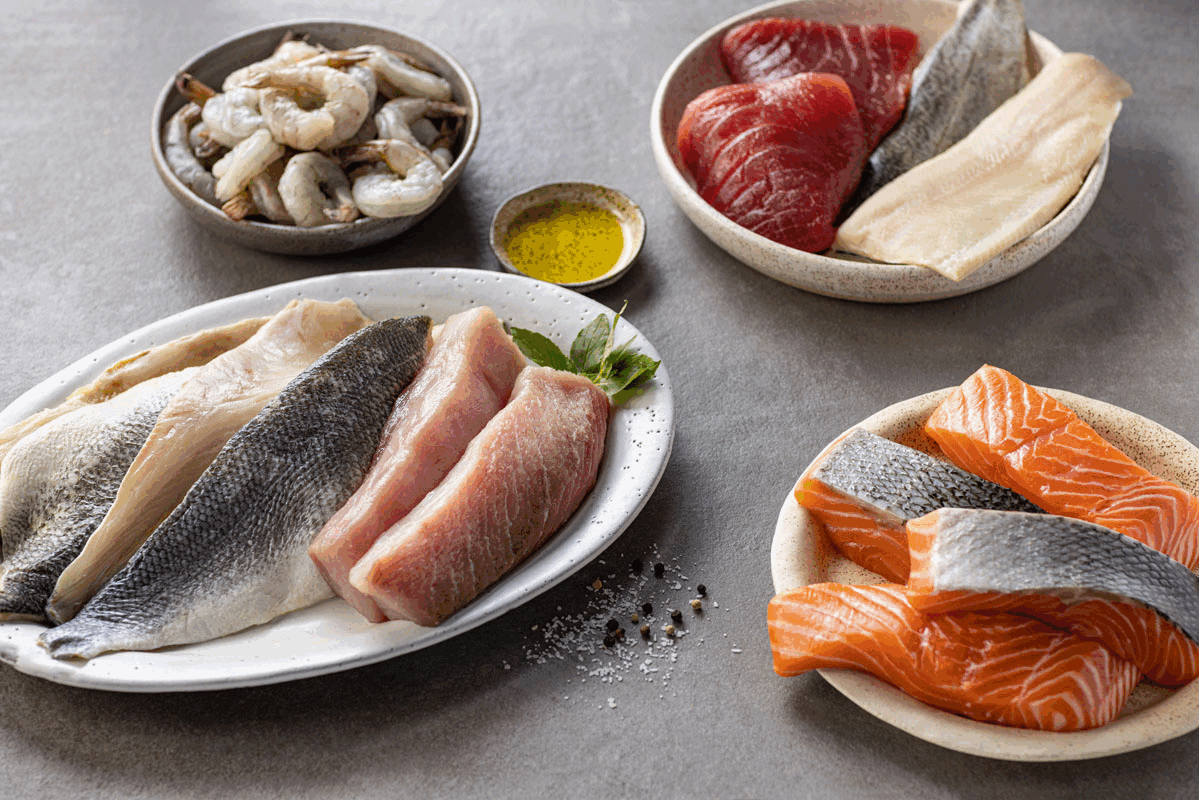
One aspect of personalization is providing options for customization. When individuals have the ability to tailor a product, service, or experience to their specific tastes and preferences, it creates a sense of ownership and control. For example, offering build-your-own meal options at a restaurant allows customers to choose their preferred ingredients, flavors, and portion sizes. This sense of agency and control over the final outcome enhances engagement and satisfaction.
In the realm of food and cooking, personalized recipe suggestions can be highly effective. By leveraging data about individuals’ dietary preferences, restrictions, and past behavior, content can be tailored to provide recipe recommendations that align with their specific needs. This personalization not only saves users time and effort in searching for suitable recipes but also makes them feel understood and valued. It enhances the overall user experience and increases the likelihood of continued engagement.
The need for personalization is rooted in psychological factors such as autonomy, identity expression, and the desire for relevance. When individuals can customize their experiences, they feel a greater sense of autonomy and control over their choices. It allows them to express their unique tastes, preferences, and values, thus fostering a sense of identity and self-expression. Furthermore, personalized content is more relevant to individuals’ specific needs, increasing its perceived value and resonance.
Personalization and customization can also tap into the psychological concept of the “endowment effect,” which suggests that individuals place a higher value on things they perceive as their own. When people have the opportunity to personalize or customize a product or experience, it becomes uniquely theirs, leading to a stronger emotional connection and attachment.
It’s important to note that personalization should be implemented in a thoughtful and user-centered manner. It should be based on meaningful data and preferences provided willingly by users, respecting their privacy and consent. Additionally, the balance between customization options and decision fatigue should be carefully considered. While customization is desirable, an overwhelming number of choices can lead to decision paralysis and reduced satisfaction.
Personalization and customization are powerful psychological tools in content design. By providing options for customization and tailoring experiences to individuals’ preferences, content can enhance engagement, create a sense of ownership, and satisfy the psychological needs for independence, identity expression, and relevance. Understanding the importance of personalization can guide the design process and result in more impactful and satisfying content experiences.
Behavioral Nudges and Incentives
Psychology can inform the design of behavioral nudges and incentives that encourage desired actions. For example, incorporating scarcity or limited-time offers can create a sense of urgency, while rewards or loyalty programs can incentivize repeat purchases and engagement.
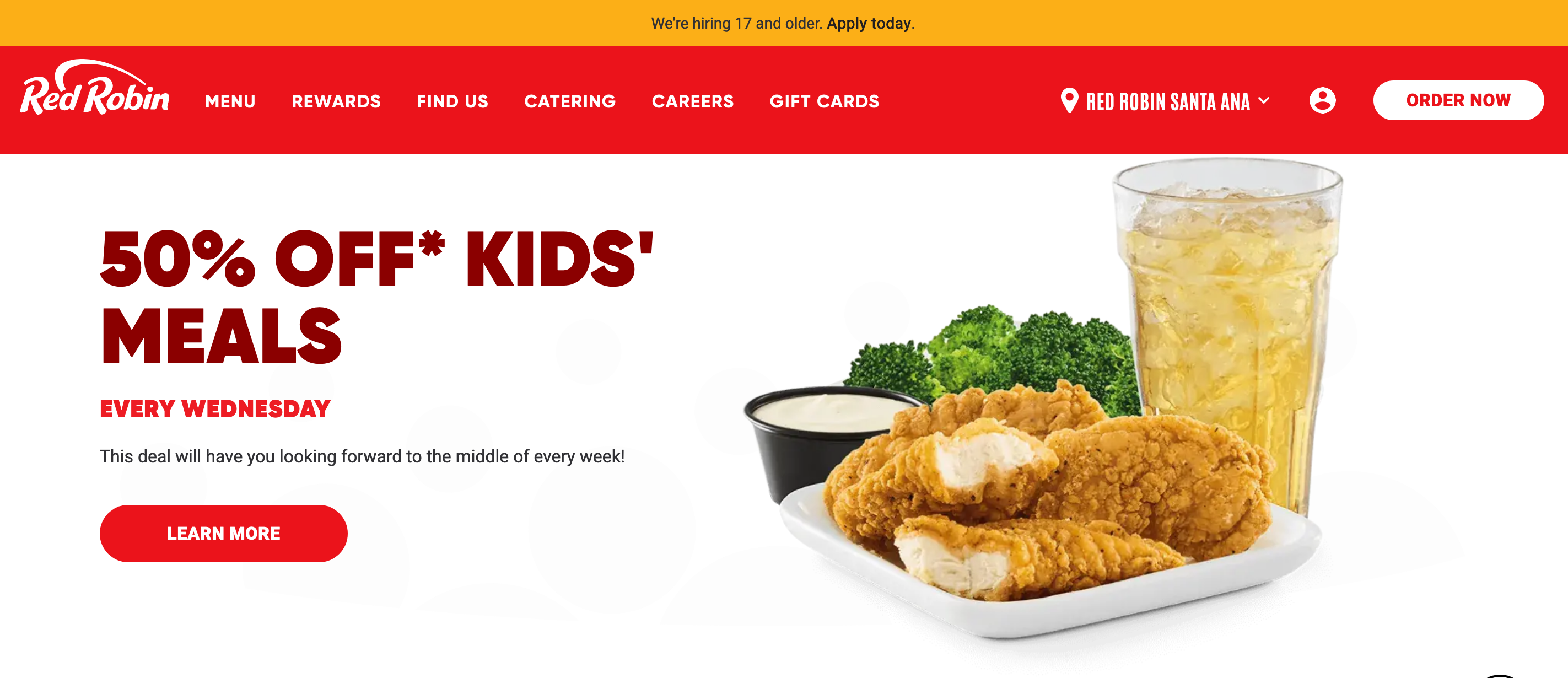
Behavioral nudges and incentives are strategies used to influence individuals’ behavior and motivate them to take desired actions. These techniques draw upon principles from psychology to design interventions that encourage people to make specific choices or engage in particular behaviors. By understanding how people think and make decisions, these strategies can effectively guide individuals toward desired outcomes.
One example of a behavioral nudge is incorporating scarcity or limited-time offers. Scarcity is a psychological principle that suggests people value things more when they perceive them as rare or in short supply. By creating a sense of urgency through limited availability or time-limited promotions, individuals are more likely to take immediate action to avoid missing out. This can lead to increased sales or participation in a particular activity.
Another commonly used strategy is the use of rewards and incentives. Humans are inherently motivated by the prospect of rewards and positive outcomes. By offering incentives, such as discounts, freebies, or loyalty programs, individuals are more likely to engage in the desired behavior or make repeat purchases. Rewards provide a tangible benefit that serves as a driving force to elicit the desired response.
Incentives can also be designed to tap into individuals’ intrinsic motivation, such as their desire for autonomy, competence, or relatedness. For example, incorporating elements of gamification, where individuals earn points or badges for completing tasks, can create a sense of accomplishment and satisfaction. This intrinsic motivation can be a powerful tool in encouraging sustained engagement and behavior change.
Behavioral nudges and incentives can also leverage social influence and social norms. People often look to others for cues on how to behave, and they are influenced by what they perceive as the norm within their social group or community. By highlighting the actions of others or emphasizing social approval, individuals may feel more compelled to follow suit and align their behavior with the desired outcome.
It is important to note that the ethical use of behavioral nudges and incentives is crucial. These strategies should be transparent, fair, and aligned with individuals’ best interests. They should not manipulate or exploit vulnerabilities. Additionally, it is important to consider the long-term effects and sustainability of these interventions to ensure that they promote positive behaviors and lasting change.
Behavioral nudges and incentives draw upon psychological principles to encourage desired actions. By incorporating elements such as scarcity, rewards, gamification, and social influence, individuals can be motivated to make specific choices or engage in particular behaviors. When used ethically and responsibly, these strategies can be effective in guiding individuals towards desired outcomes and promoting behavior change.
Food Culture and Social Identity
Food is closely tied to culture and social identity. Designing content that reflects specific food cultures, traditions, or lifestyles can resonate with target audiences. Tapping into the psychology of social identity can help create a sense of belonging, connection, and affiliation with the food product.
Food culture refers to the practices, attitudes, and beliefs surrounding food within a particular society or community. It encompasses everything from the ingredients used in traditional recipes to the methods of preparation, serving, and consumption. Food culture is deeply ingrained in our lives, shaping our tastes, preferences, and social interactions.
One significant aspect of food culture is its association with social identity. Social identity refers to the part of an individual’s self-concept that is derived from their membership in a particular social group or community. It includes aspects such as ethnicity, nationality, religion, and even lifestyle choices. Food plays a vital role in expressing and reinforcing these social identities.
When designing content that reflects specific food cultures, traditions, or lifestyles, it is crucial to understand the psychological aspects of social identity. People often seek a sense of belonging, connection, and affiliation with their social groups. Food, being an integral part of cultural traditions, can serve as a powerful tool for fostering these feelings.
By incorporating elements of a specific food culture into content, such as recipes, cooking techniques, or traditional ingredients, companies can resonate with their target audiences on a deeper level. For example, featuring traditional Chinese dishes in an advertisement targeting the Chinese community can evoke a sense of familiarity and connection, making individuals more likely to engage with the product or brand.
Food can also act as a symbol of cultural heritage and pride. People often take pride in their food traditions, considering them an essential part of their identity. Highlighting these traditions and showcasing the cultural significance of certain foods can create a sense of pride and reinforce social identity.
Moreover, food can serve as a means of cultural exchange and understanding. Exploring different cuisines and food cultures allows individuals to appreciate the diversity of the world and fosters a sense of respect and curiosity for other communities. This can lead to increased intercultural dialogue and appreciation for cultural differences.
Food culture and social identity are closely intertwined. By designing content that reflects specific food cultures, traditions, or lifestyles, companies can tap into the psychology of social identity to create a sense of belonging, connection, and affiliation with their target audiences. Food serves as a powerful medium for expressing and reinforcing social identity, fostering pride, and promoting intercultural understanding.
Influencing Decision-making
Psychology provides insights into the decision-making processes related to food choices. Marketers can design content that addresses common cognitive biases, such as anchoring, framing, or loss aversion, to influence consumer decisions. Presenting information in a compelling and persuasive manner can impact perceptions of value, taste, and overall appeal.
Social engagement and community-building: Psychology informs strategies for fostering social engagement and community-building around food products. Creating opportunities for user-generated content, encouraging user interactions and discussions, or organizing food-related challenges can foster a sense of community and strengthen brand loyalty.
By applying psychology in social media content design, marketers can create campaigns for food products that effectively engage consumers, influence their food choices, and drive desired actions. Understanding the psychological factors that underlie consumer behavior can lead to more effective and impactful content strategies.
Not sure, how to incorporate psychology into your social media content strategy? GET IN TOUCH.






